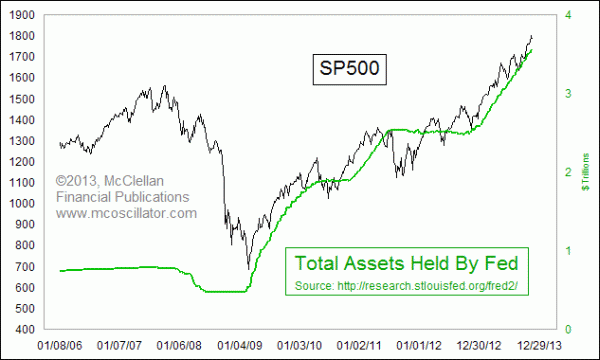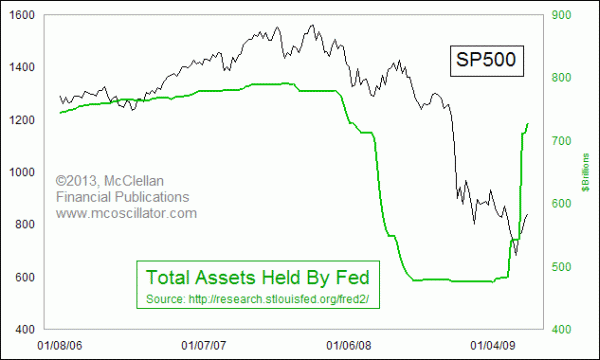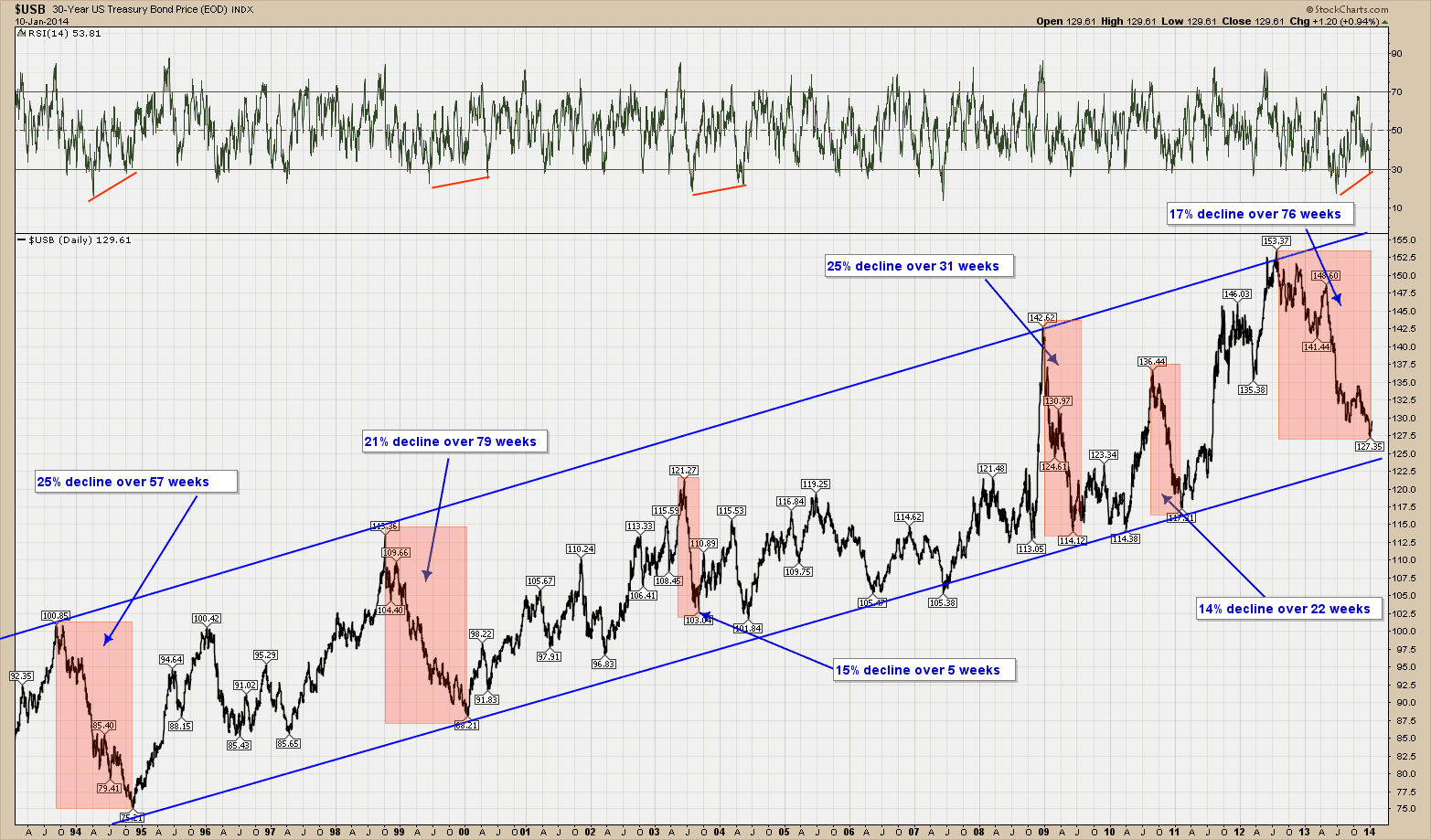President Barack Obama used his State of the Union speech to roll out a plan to coax low- and middle-income Americans into saving more for retirement. New retirement accounts being set up by the Treasury Department would target workers whose employers don't offer retirement benefits or who haven't started saving yet for old age. The new "starter" savings program is called "myRA" — for "my IRA." Treasury expects to have a pilot program working by the end of the year. The White House does not need congressional approval to start the program.
The plan is a response to a looming retirement crisis. Companies have largely abandoned traditional pensions, which provided workers with guaranteed incomes in old age. Social Security is under strain as Baby Boomers retire. Many Americans lost their jobs or saw their wages stagnate in recent years, leaving them less able to save for retirement.
How would myRA work?
The plan is voluntary. The accounts — which are intended for people who do not now have employer-sponsored savings plans — will operate much like Roth IRA’s, according to Treasury officials. Married couples with modified adjusted gross incomes up to $191,000 and individuals earning up to $129,000 will be able to save up to $15,000 total in after-tax dollars for a maximum of 30 years. The accounts are governed by Roth IRA rules that limit annual contributions to $5,500 — $6,500 for those 50 and older. When the balance reaches $15,000, the savings would be transferred to a private sector Roth IRA.
Savers could have money deducted from their paychecks and put into a retirement fund that pays the same variable interest rate as a retirement fund available to federal workers. They would contribute after-tax dollars into the accounts, starting with as little as $25, or could opt for contributions as low as $5 a paycheck.
Savers can withdraw what they've contributed tax-free at any time. Although the money would be deducted from workers' paychecks, employers won't have to administer the program or contribute to it. Savers could take the accounts with them when they change jobs and could roll the savings over into another private-sector retirement account at any time.
Is this a safe investment?
There will be only one investment option: The Treasury will create a security fund modeled after the federal employees’ Thrift Savings Plan Government Securities Investment Fund, which pays a variable rate.
For the year that ended in December 2012, it had an average annual return of 1.74 percent. It posted an average annual return of 2.69 percent for the five years that ended in December 2012. There are no fees, the Treasury said.
The accounts would be backed by the U.S. government; the principal would be protected from loss. Still, unlike in 401(k) plans, workers also will not have the benefit of potentially higher returns when investing in a diversified portfolio of stocks and bond funds.
What problem is myRA designed to solve?
Americans aren't saving enough for retirement. Boston College's Center for Retirement Research estimates that 53 percent of Americans won't have enough money to maintain their lifestyle in retirement. The National Institute on Retirement Security puts the retirement savings shortfall at a staggering $6.8 trillion — or higher. More than half of workers do not have retirement plans at work, the White House says. Obama's plan is designed to get workers into the habit of saving for retirement by giving them an easy-to-use option that protects their principal.
How much will myRA help Americans prepare themselves for retirement?
It's just a start. It is by no means a solution on its own. The program is voluntary for employers too. And the Obama administration acknowledges that it doesn't yet have a commitment from any employers to offer the program.
Another problem: Most workers won't save adequately for retirement unless they are automatically enrolled in savings programs and forced to opt out if they don't want to save. MyRa is completely voluntary. Moreover, the plan allows participants to withdraw contributions without penalty; the possibility that savers will deplete the accounts before retirement makes MyRa still seem an underwhelming response to the retirement crisis.




